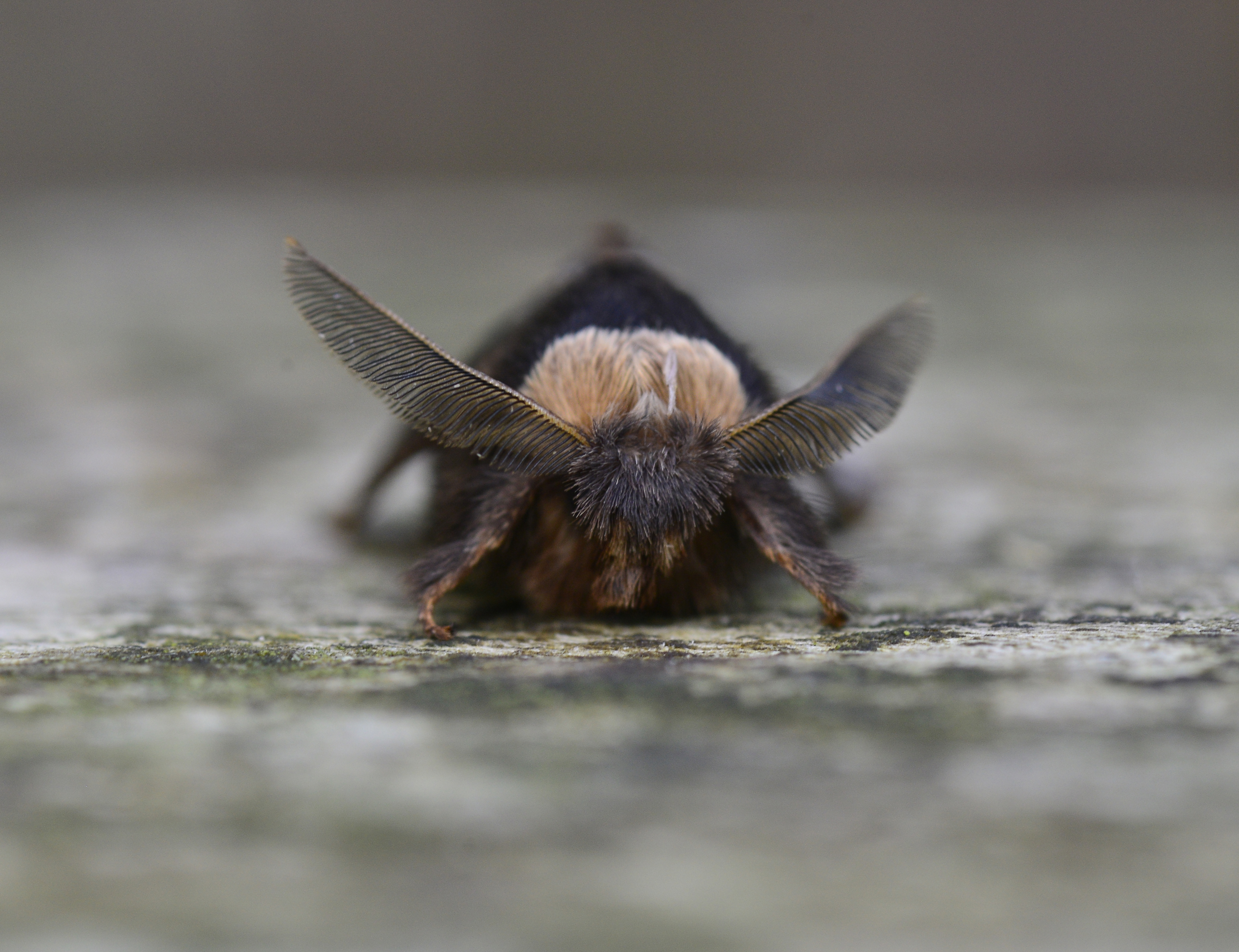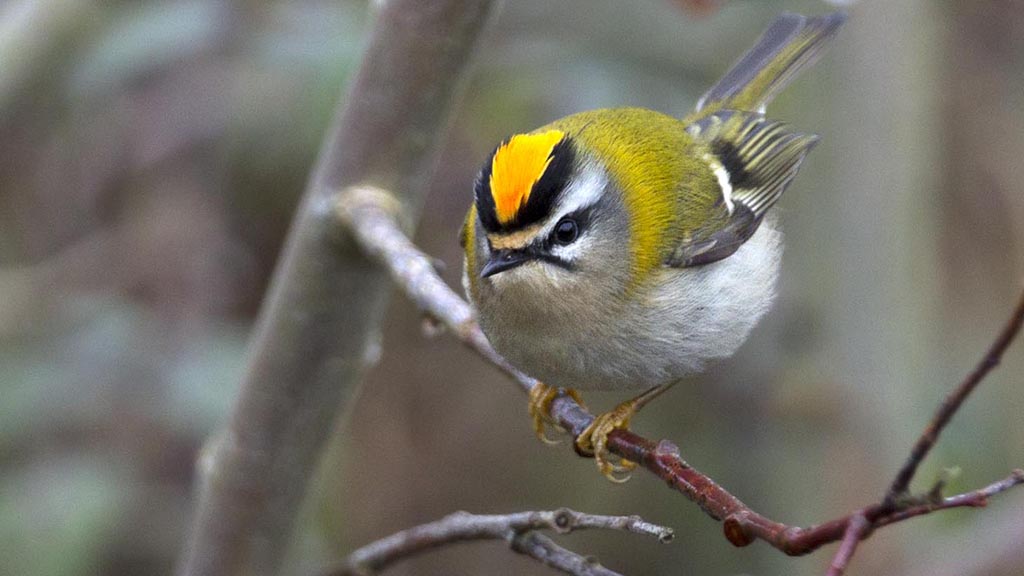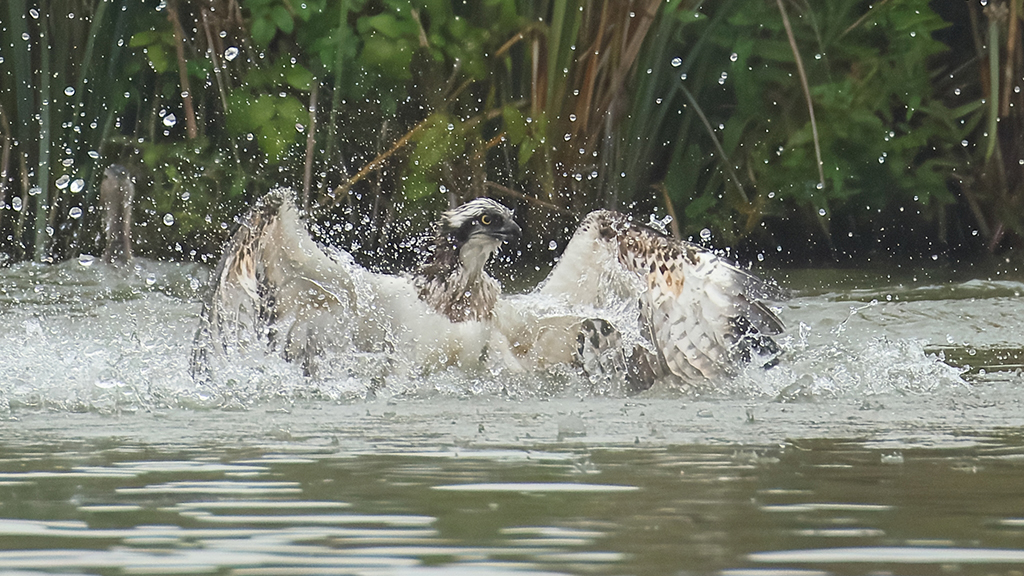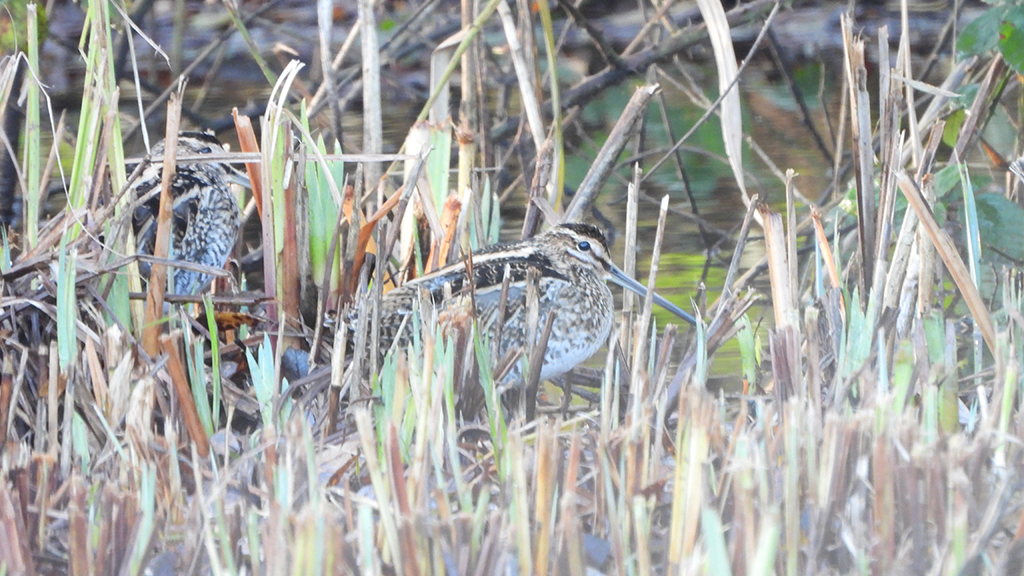Hen harrier comes into roost
December moths, roosting laping and a predatory merlin chasing pied wagtails onsite last week. A female hen harrier has been showing up with the marsh harriers in the late afternoon to roost in the reedbeds.

Recent sightings by WWT wardens:
The moth trap put out on Monday night by volunteer Warden George caught a lone December moth. These furry, brownish moths are on the wing October through December. The adults can’t eat. The much larger females lay eggs that overwinter on hawthorns, blackthorn and willow at Arundel Wetland Centre and hatch April to June.
Sat 16 Nov
Scrape hide – the marsh harriers roost started early at 3pm because of dark clouds. A hen harrier coming in to roost that was chased off by a crow and a few marsh harriers before it was too dark to see.
Sun 17 Nov
45 snipe to the right of the Ramsar hide. One jack snipe near Lapwing hide. On Dec 11 we had counted 35 lapwing in the morning. Same numbers in the same spot on Sun 18 Dec mean that lapwing likely roosting onsite.
Evening roost started later at 3.45pm because of brighter day. A female hen harrier came in with four male marsh harriers.
Increase in the duck population with 53 teal on Sunday (lots displaying at Scrape hide), 14 shelducks. 6 wigeon on Saturday.
Sightings of a barn owl, a sparrowhawk and a merlin.
Ramsar hide: 35 lapwing, in morning, likely roosting onsite. 45 snipe
Wetlands Discovery: Kingfisher
Mon 18 Nov
Artic Tundra exhibit: 2 snipe.
Lapwing hide: 1 chiffchaff
Ramsar hide: 17 snipe, 5 shelducks
Scarpe hide: 1 water rail, 4 shelducks
Reedbed hode: little egret
Long path: spotted woodpecker
Woodland lodge: masrh tit, water rail
Tues 19 Nov
Wetlands Discovery area: 1 kestrel, green woodpecker
Ramsar hide: 2 grey herons, 4 cormorants, 6 shelducks, 14 snipe



